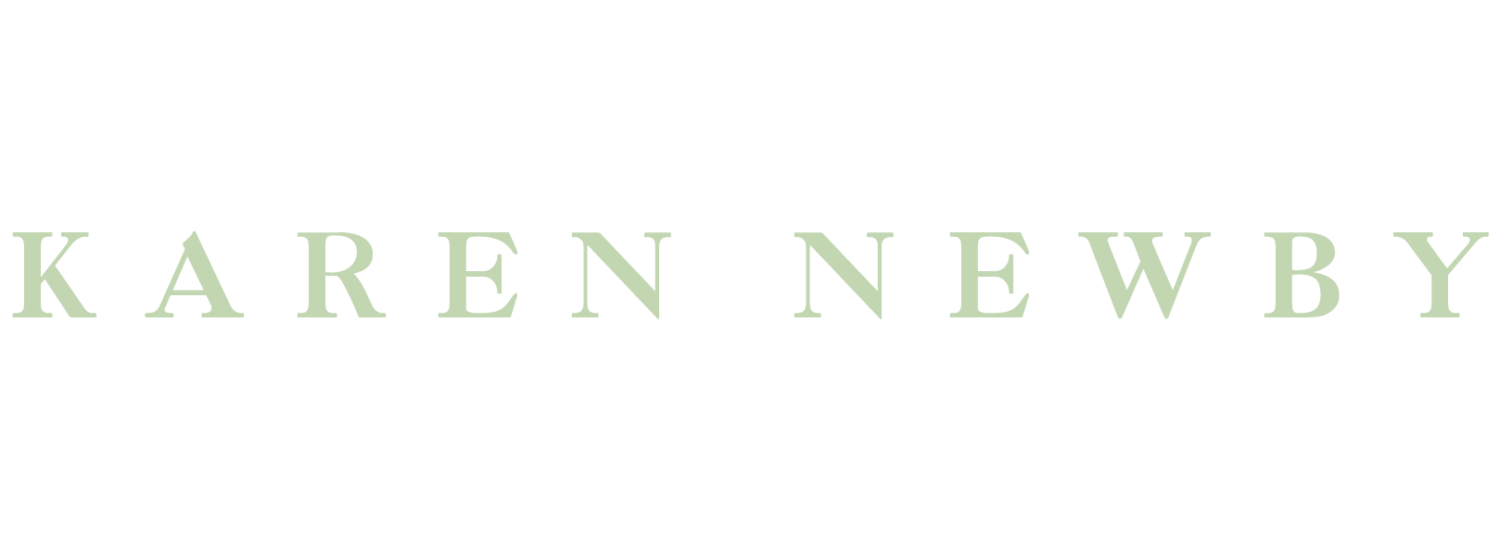
Collagen myth busting…
What is the collegen / oestrogen link?
Studies have shown that estrogen supports collagen production by binding to receptors in the skin known as fibroblasts. Collagen makes up roughly 70-80% of the weight of our skin! At menopause collagen can decline by up to 30% which is why we often see quite a lot of change in our skin and joints too.
Not just for our skin – for our bones and joints too
Collagen is the most abundant protein in the body. Its fiber-like structure is used to make connective tissue. It’s a major component of bone, skin, muscles, tendons, and cartilage. It helps to make tissues strong and resilient, able to withstand stretching.
Collagen comprises about 60% of cartilage and 30-40% of bone.
What is collagen made up of?
Not full range of amino acids – glycine and proline glycine-proline-X or glycine-X-hydroxyproline. The X can be any of the other 17 amino acids, and every third amino acid is glycine. Type 1 collagen makes up 90% of the body’s collagen.
How do we get collagen from our food?
The proteins or amino acids that make collagen are ususally glycine, proline, and hydroxyproline. Foods include fish, poultry, meat, eggs, dairy, legumes and soy. Bone broth made from chicken skin is a highly available form of collagen that is easy to digest. If you are vegan then opt for glycine rich tofu, nuts, and seeds and proline rich alfalfa sprouts, asparagus, beans, buckwheat, cabbage, cucumber, tempeh.
Collagen production also requires nutrients like zinc and vitamin C for it’s formation as well as copper and biotin.
Best absorbable format
In my opinion the best way to absorb collagen is through the smaller collagen peptides which are transported across the intestinal mucosa by the PEPT1 transporter. This is key as larger forms get broken down. Making up a collagenous bone broth from chicken bones in your pressure cooker creates a very easy to digest collagen source. If you are vegan then you have to make sure you have plenty of legumes in your diet to increase the building blocks of collagen – proline, glycine and hydroyproline and other amino acids too alogn with vitamin C, zinc, biotin and copper.
What about through the skin?
Collagen in its natural state would be too large to be absorbed. The hydrolysis of collagen involves the breaking down of the molecular bonds between individual collagen strands to peptides which make it easier to absorb.
Collagen first appeared as an ingredient in skin creams. But there is much debate even amongst dermatologists beacuse collagen is not naturally found on the skin’s surface but in the deeper layers. Even the smaller collagen form as collagen peptide might be too large to permeate the skin’s outer layers…So how effectively to these creams and serums get to where they need to be?
Here are some scientific reviews
Oral collagen peptide supplementation significantly increased skin hydration after 8 weeks of intake. The collagen density in the dermis significantly increased and the fragmentation of the dermal collagen network significantly decreased already after 4 weeks of supplementation:
https://pubmed.ncbi.nlm.nih.gov/26362110/
Oral Supplementation with Hydrolyzed Fish Cartilage Improves the Morphological and Structural Characteristics of the Skin: A Double-Blind, Placebo-Controlled Clinical Study
+ Improved dermal collagen density & skin elasticity
+ Reduced the size of wrinkles and pores.
https://www.ncbi.nlm.nih.gov/pmc/articles/PMC8401832/
Daily oral consumption of hydrolyzed type 1 collagen is chondroprotective and anti-inflammatory in murine posttraumatic osteoarthritis
https://link.springer.com/article/10.1007/s00264-018-4211-
Specific Collagen Peptides Improve Bone Mineral Density and Bone Markers in Postmenopausal Women—A Randomized Controlled Study
https://pubmed.ncbi.nlm.nih.gov/28384173/
Osteoarthritis
Osteoarthritis happens when the cartilage and other tissues within the joint break down or have a change in their structure. This does not happen because of simple wear and tear on the joints. Instead, changes in the tissue can trigger the breakdown, which usually happens gradually over time.
Which are some of my go to collagen supplements?
Is the collagen source important when choosing one? Yes I would go for type 1 (which is the most abundant collagen in the body) and that it’s been hydrolysed to aid absorption, with minimal fillers and if marine collagen that this is from sustainable sources. Any additonal nutrients a bonus too.
Ancient + Brave uses hydrolysed collagen, 5,000mg / serving 100% bovine collagen. They also do a vegan collagen supplement which is made up of proline, glycine and hydroyproline and other collagen co factors like vitamin C.
Bare Biology uses Type 1 peptides with vit c, 4,300mg marine collagen. Sustainably sourced cod.
Ingenious per 3 capsules provides 627mg marine collagen peptides plus hyaluronic acid 200mg and 4 mg astathanthin (potent antioxidant). They also do a vegan collagen supplement which is made up of proline, glycine and hydroyproline.
BioCare Collagen Complex has 1000mg vitamin c along with zinc 10mg (great if you get spots), 500mg marine collagen, 100mg hyalauranic acid, esperidin – good for varicose veins – nucleotides IM75 Nucleotides (which form the building blocks of our DNA, essential for cell division), rutin – for split veins and antioxidant rich rosehip.
Wild Nutrition Natural Glow is a vegan collagen supplement with additions to help protect our skin from sun damage (additional SPF always required) with vitamin E, vitamin C – collagen formation, biotin – normal skin and hair – copper – for normal skin pigmentation, melaline (keratin hydrolzate from sheep fleeces from southern France source of keratin and melanin) Melaline® stimulates the body’s production of both melanin and collagen, beta carotene anstioxidant and convert to vitamin A in the body and bioflavanoids potent antioxidants.


